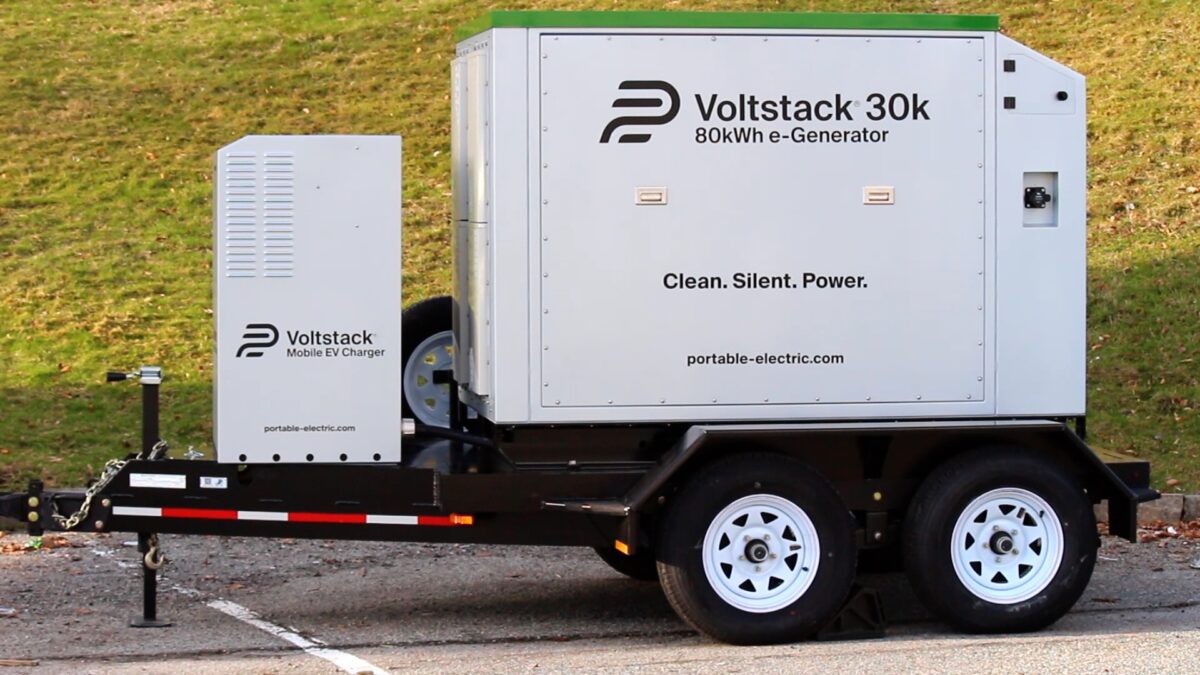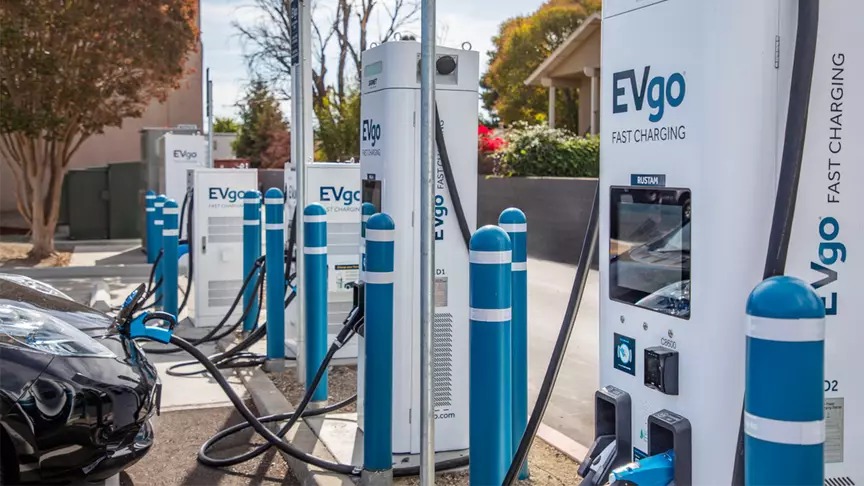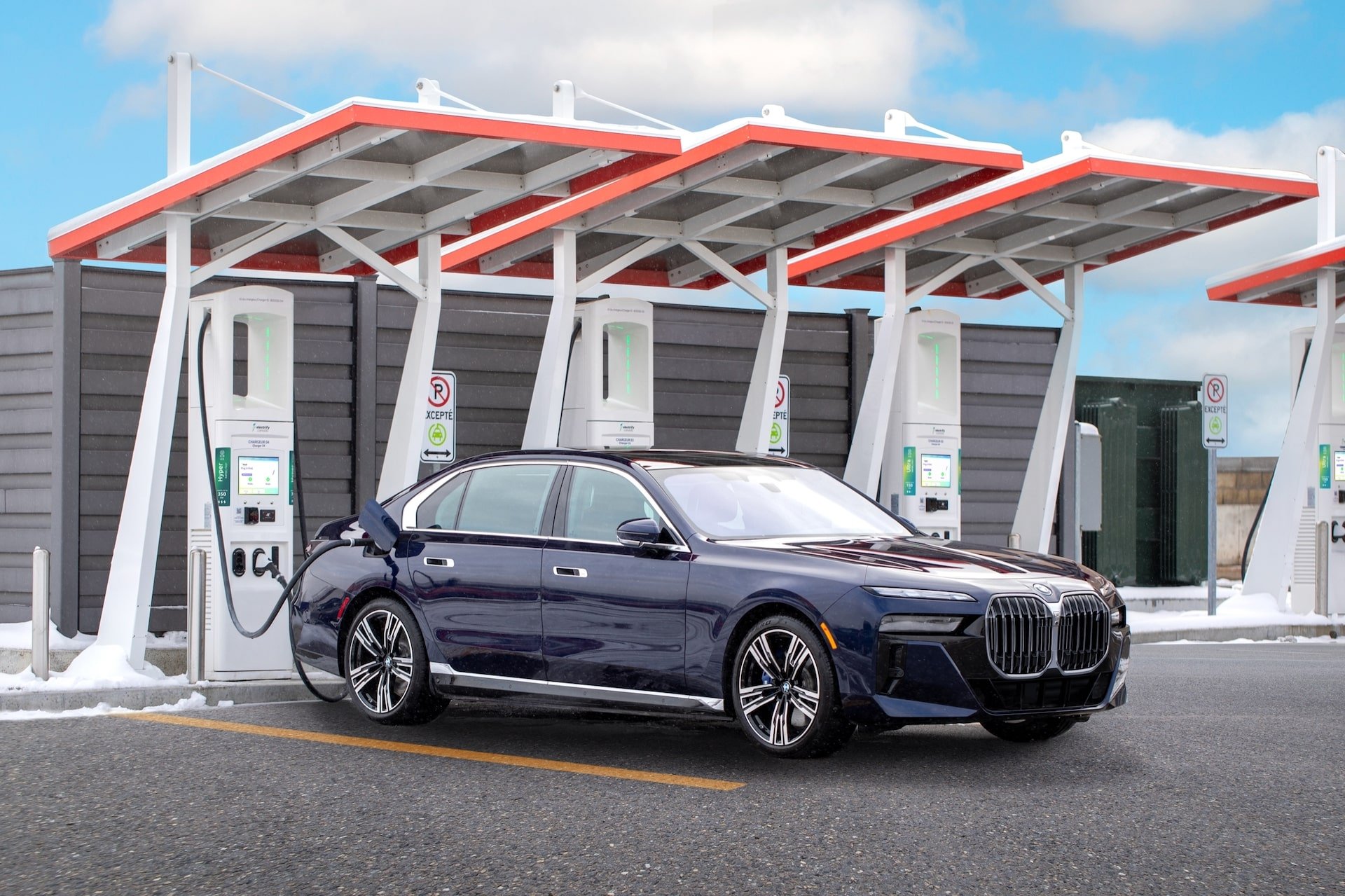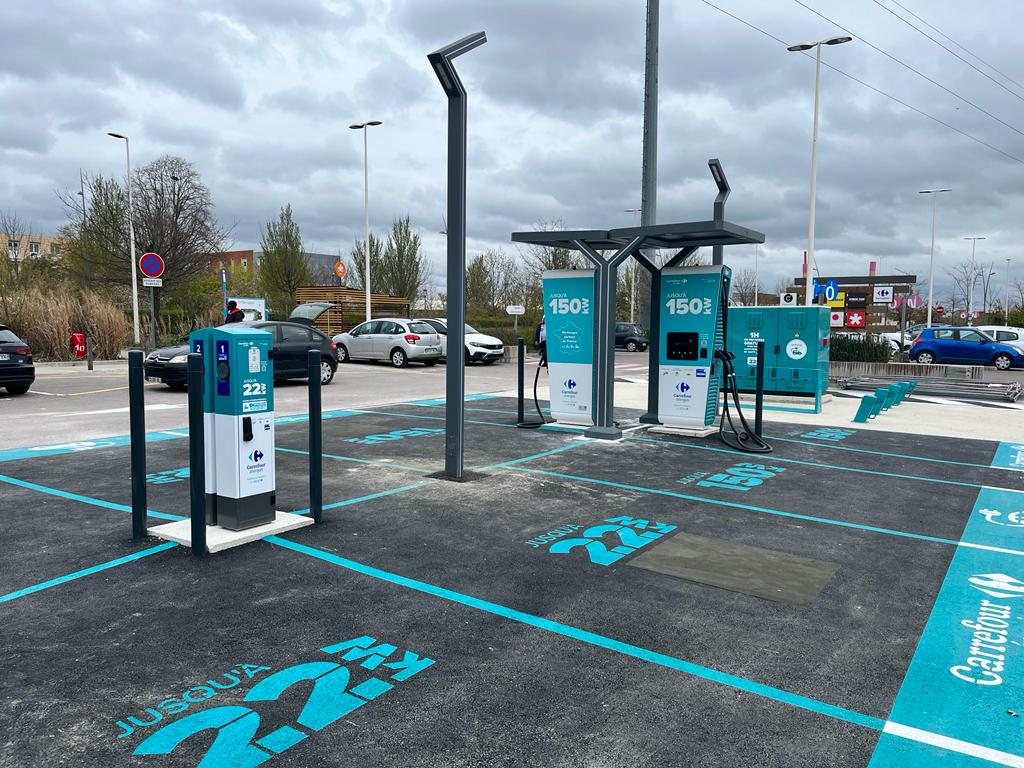The rise of electric vehicles (EVs) has brought about a wave of change that is set to revolutionize the transportation industry. With the developed world moving towards a stop-sale of internal combustion engine vehicles, the question on everyone’s mind is, what will happen to the 145,000 gas stations in the U.S. and countless others around the world? Additionally, where will all the new charging stations be found?
While many EV owners have access to charging stations at home, there are still a significant number of individuals who rely on public charging stations. A recent study conducted by Wood Mackenzie indicates that the number of public charging ports in the U.S. and Canada will increase sixfold between 2022 and 2050, with the majority of these charging stations being Level 3 fast chargers, according to Inside Climate News.
The study predicts that traditional gas stations will mostly transition into charge ports, as these locations are already well-positioned to service travelers. Many gas stations located on arterial routes have a supporting services ecosystem, such as restaurants and shops. With recharging taking longer than it does to fill a tank with gas, it’s not inconceivable that travel centers similar to malls would flourish.
However, the availability of space will not be the limiting factor for the installation of charging stations; the ability to supply power from the grid will be. For example, a charger developer may need to work with a utility company to increase grid capacity to operate a charging station. This may be even more challenging if another charging station is in close proximity.
Meanwhile, convenience stores are investing in neighborhood charging infrastructure to increase access for those who cannot charge at home. However, EV owners do not necessarily need to be entertained by external outlets. Most simply wait inside their cars, perhaps watching videos or catching up on emails, which may cause uncertainty for shop owners who are on the fence about offering EV charging.
The transition towards EVs will have a significant impact on the transportation industry, and charging infrastructure will play a crucial role in facilitating this shift. While there are still uncertainties about the future of gas stations and charging stations, the Wood Mackenzie study provides valuable insights into the potential growth of the charging network in the coming years.







